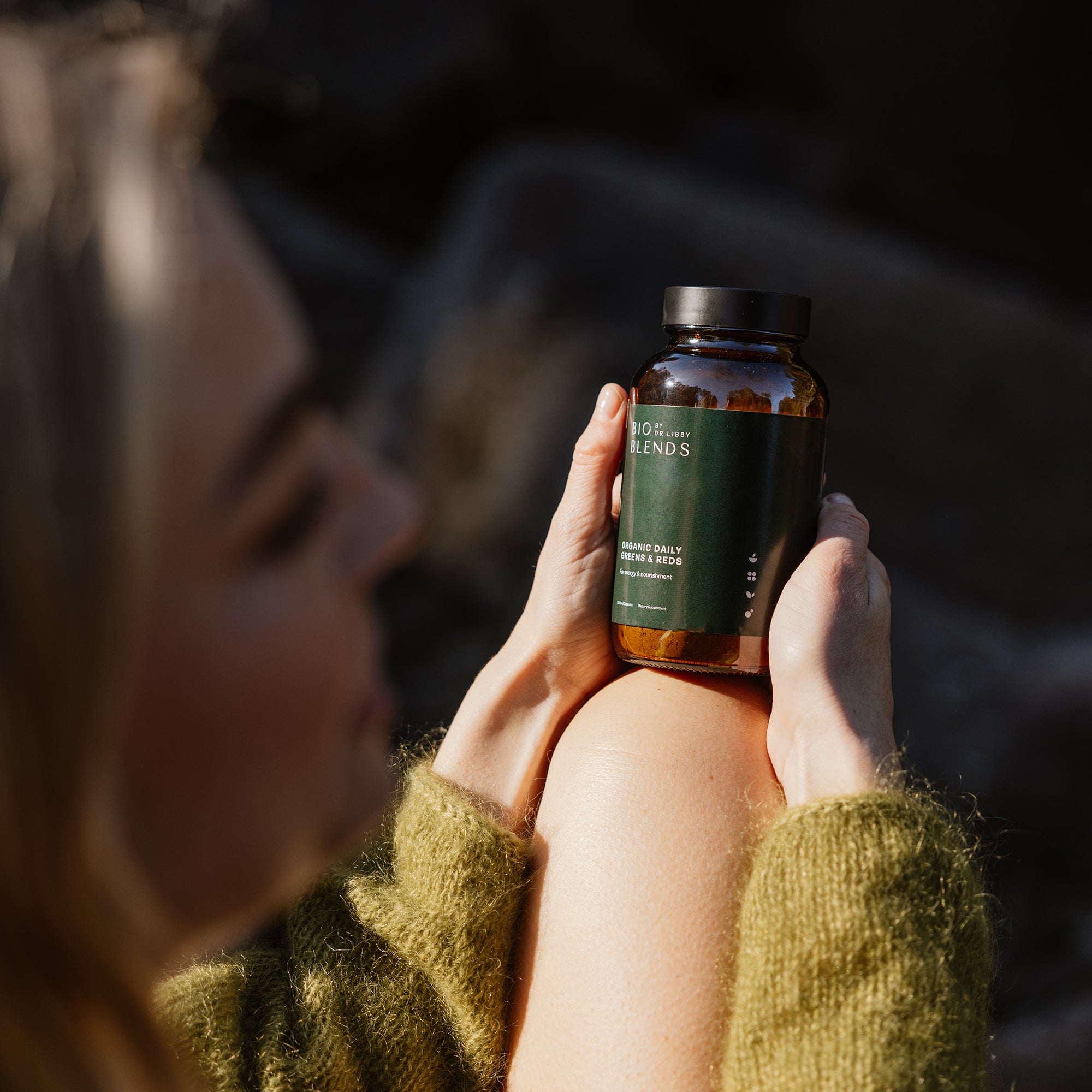
How do we end up iron deficient?
If you’ve ever found yourself wondering, “How did I end up with low iron?”, you’re not alone. Iron deficiency is the most common nutritional deficiency in the world, and yet it often flies under the radar for far too long.
The truth is, iron deficiency doesn’t just happen. There’s always a reason – and in many cases, several. Your iron levels are affected by what you eat, how your body absorbs nutrients, your activity levels and where you are in life. And if you’re feeling tired, flat, foggy, anxious, or just not like yourself lately, low iron could be playing a major role.
Let’s unpack the most common causes.
You’re at a life stage with higher needs
Certain stages of life simply require more iron. If you're not eating enough to match demand, it will gradually fall behind – leaving your iron stores depleted.
— Menstruation: Regular blood loss through periods increases iron requirements – and those with heavy bleeding are particularly at risk.
— Pregnancy: Iron needs nearly double in pregnancy to support your own blood volume and your baby’s development.
— Perimenopause: Fluctuating hormones can cause erratic or heavier periods.
— Childhood and adolescence: Rapid growth, changes in appetite and fussy eating (which can also be a symptom of low iron) can lead to shortfalls.
Your food isn’t providing enough absorbable iron
While iron is found in a range of foods, not all forms are created equal.
— Haem iron, found in red meat, poultry and seafood, is the most easily absorbed from food.
— Small non-haem iron, found in plants like lentils, leafy greens and seaweed, is much harder for the body to absorb – especially without the right support.
If you follow a vegetarian or vegan diet (or don’t eat much haem iron), you need 1.8 times more iron to account for lower absorption. Even those eating a nourishing plant-based diet may struggle to meet needs if meals are repetitive, low in diversity, or lacking in cofactors like vitamin C (which is needed to absorb small non-haem iron) or copper.
You’re missing the other nutrients needed to be able to use the iron you are eating
Known as cofactors, these are the nutrients required for iron to be delivered to all of the places it needs to go, once it’s inside you. You might – or not – consume enough iron but if you are lacking in copper, beta-carotene, vitamin A or vitamin D, for example, your iron status can be compromised.
You’re losing more than you realise
Beyond menstruation, there are other ways the body can lose iron – some more hidden than others.
— Heavy training or endurance exercise: Repetitive footstrike, sweating and inflammation from overtraining can all disrupt healthy iron status.
— Blood loss from digestive issues: Ulcers, haemorrhoids or conditions like coeliac disease can lead to slow, undiagnosed iron loss.
Your body isn’t absorbing iron efficiently
Even if you’re eating well, your gut may not be absorbing what you need. Iron absorption depends on:
— Stomach acid: Inadequate acid (often caused by stress or antacid use) impairs iron uptake.
— Gut inflammation: Conditions like IBS, IBD or coeliac disease can damage the intestinal lining, limiting absorption.
— Absorption blockers: Substances in tea and coffee, as well as calcium and phytates (found in some grains and legumes) can all interfere with iron uptake when consumed at the same time.
You’ve been under chronic stress
Stress doesn’t just drain your mental energy – it also affects your nutrient status. Elevated stress hormones can interfere with digestion, reduce stomach acid and drive inflammation which can suppress iron absorption. It can also impact your eating patterns, leading to skipped meals or reaching for ultra-processed foods that offer calories, but little nutritional value.




